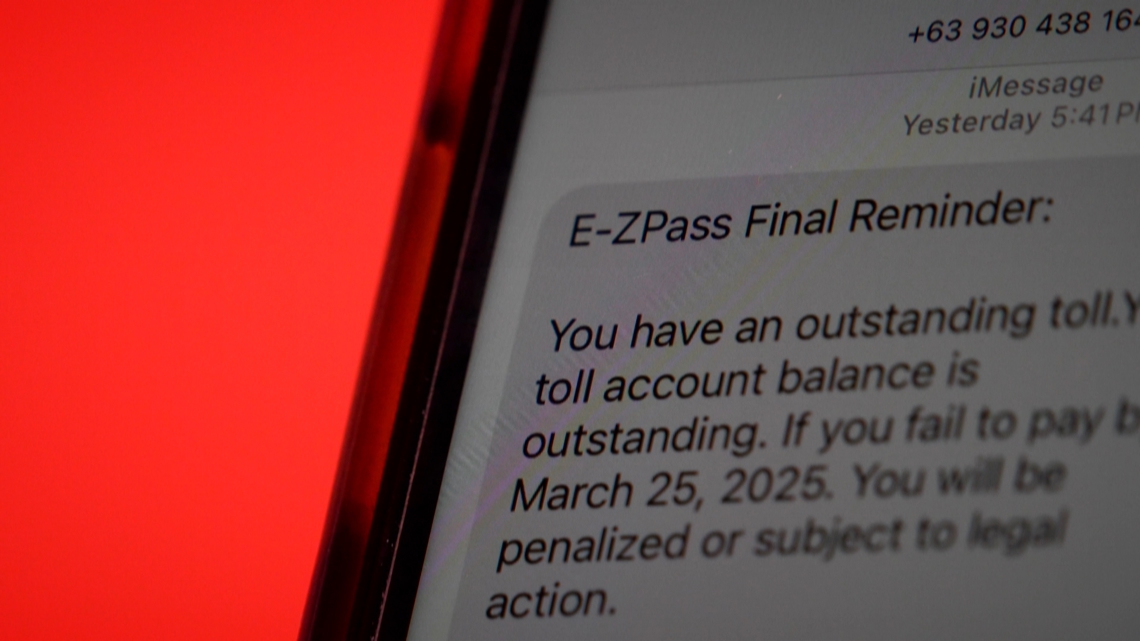
The E-ZPass Scam: How to Protect Yourself from Toll Text Terror
It’s a modern plague: the relentless barrage of scam texts. And lately, a particularly irritating variant has been targeting drivers: false E-ZPass toll violation notifications. These messages, often arriving in rapid succession, claim you have outstanding toll payments, demanding immediate action to avoid hefty fines or even vehicle impoundment. The sheer volume of these texts, coupled with their convincingly official-looking design, makes them incredibly effective at alarming unsuspecting recipients.
The scammers employ a variety of tactics to increase their chances of success. The text messages themselves often include a sense of urgency, using phrases like “urgent payment required” or “immediate action needed.” They might even mimic the look and feel of legitimate E-ZPass communications, including using a similar logo or font. Crucially, they usually include a link that, when clicked, leads to a fraudulent website designed to steal personal information, such as banking details, credit card numbers, and even Social Security numbers.
The impact of these scams goes beyond mere financial loss. The anxiety and stress caused by the constant influx of threatening texts can be significant. Many people feel pressured to act quickly, fearing serious consequences if they ignore the messages. This panic can cloud judgment, making them more vulnerable to falling prey to the scam. Furthermore, the time spent dealing with these fraudulent texts, investigating their legitimacy, and potentially cleaning up the aftermath of a successful scam is a considerable inconvenience.
So, how can you protect yourself from this pervasive threat? The first line of defense is to remain vigilant. Be wary of any unsolicited text messages claiming unpaid tolls, especially those demanding immediate payment or containing shortened, suspicious-looking URLs. Never click on links in unsolicited texts, no matter how official they may appear.
Instead of clicking the link, take the initiative. If you’re genuinely concerned about outstanding tolls, contact your E-ZPass customer service directly. Their official number should be readily available online through reputable sources. Never use contact information provided in a suspicious text message. Compare the details of any alleged violations with your official E-ZPass account online. Discrepancies should be a major red flag.
Reporting these scam texts is equally important. Forward suspicious messages to the appropriate authorities, such as your cell phone provider’s spam reporting line or the Federal Trade Commission (FTC). This helps law enforcement track the source of the scams and potentially shut them down. Sharing your experience with others can also help raise awareness and prevent others from falling victim.
In the digital age, protecting yourself from scams requires constant vigilance and proactive measures. By being aware of the tactics used in these E-ZPass scams, and by taking the necessary steps to verify information and report suspicious activity, you can significantly reduce your chances of becoming a victim and help curtail this irritating and potentially damaging form of cybercrime. Don’t let the toll text terror win; take control and protect your information.



Leave a Reply